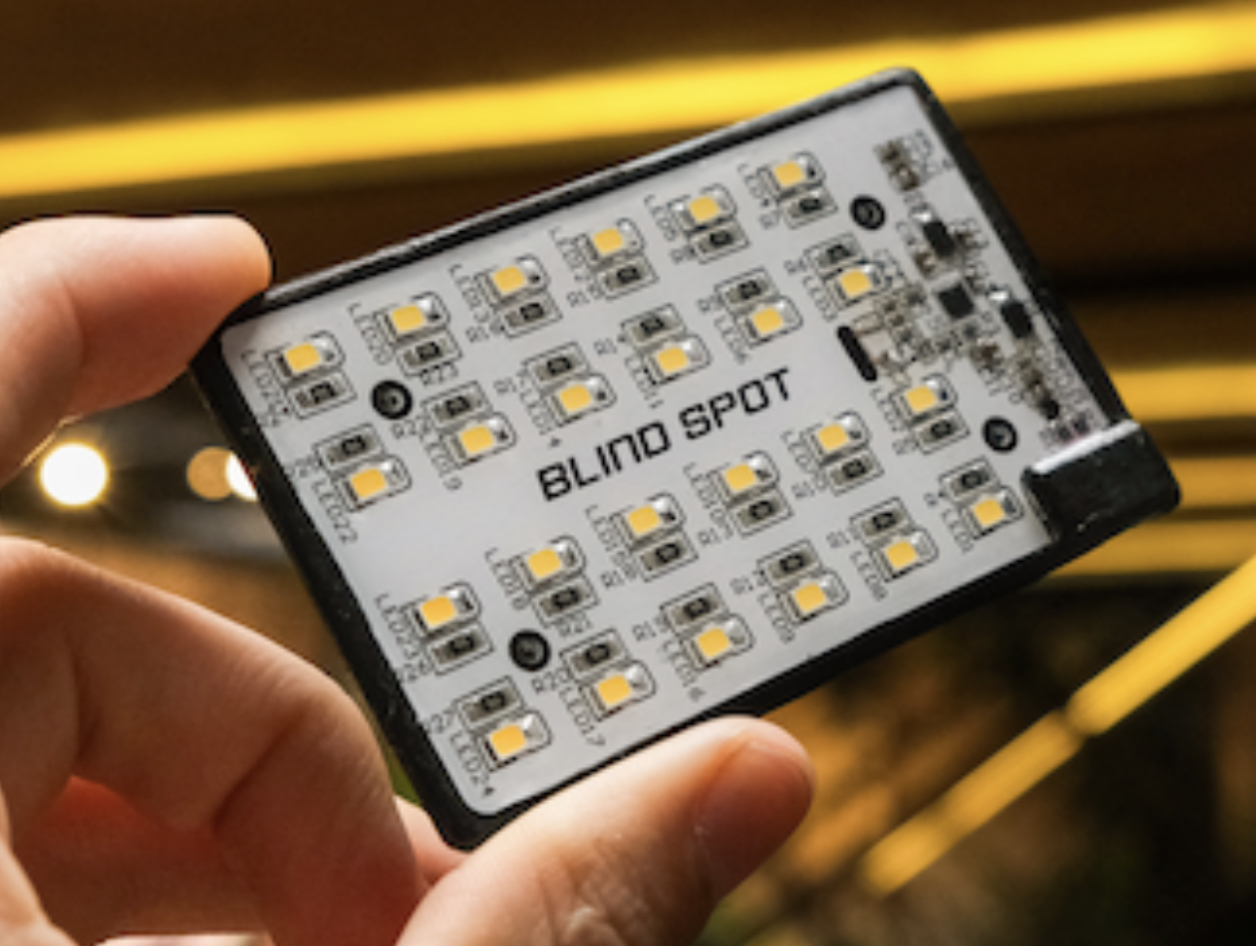RED Unveils Enhanced V-Raptor X Cinema Cameras Featuring Groundbreaking Global Shutter and Extended Dynamic Range
RED Digital Cinema has unleashed a cinematic earthquake with the revolutionary V-Raptor X and V-Raptor XL X, pushing the boundaries of large format with groundbreaking global shutter technology and a jaw-dropping 20-stop dynamic range. This isn’t just an upgrade, it’s a reimagining of what cinema cameras can achieve.

The X models aren’t simply about sharper pixels, they’re about capturing light itself in ways never before possible. The built-in global shutter eliminates rolling shutter artifacts, opening the door to flicker-free slow-motion and pristine image clarity, even under harsh lighting. And forget compromises – existing V-Raptor and V-Raptor XL owners can upgrade their devices to experience this game-changing tech.
But the X cameras don’t stop there. The RED Global Vision Platform introduces the Extended Highlights mode, revealing color and detail in the brightest zones like never before. Imagine capturing fireworks without blown-out whites or sunlit landscapes with every blade of grass perfectly defined. This adds a staggering 2 stops to the already impressive native dynamic range.

“It shows we are pushing image processing far past the limits that were once believed,” declared RED’s Fire Chief, Jarred Land. He explained that customer demand fueled the global shutter expansion across the RED line, and the challenges of maintaining dynamic range while adding Extended Highlights make this achievement truly groundbreaking.

These cameras are powerhouses. The X sensor’s global shutter captures full 8K at up to 120fps (150fps at 2.4:1) in REDCode RAW with 16-bit color, seamlessly integrating with RED’s IPP2 Workflow and color management. Need even faster speeds? Drop to 6K for 200fps at 2.4:1 or a mind-blowing 600fps at 2K.
Land highlights the importance of Extended Highlights, calling it a “protective measure” that improves overall image quality by giving the sensor more data to work with. This even simplifies post-production by integrating seamlessly with Prores Proxies + R3D.
Virtual production workflows also just got a major boost with Phantom Track mode. This ingenious feature captures separate R3D clips for GhostFrame and frame remapping while enabling live on-set monitoring via SDI. It’s like having two cameras in one, streamlining your virtual world.
Pricing and availability
The V-Raptor X starts at $29,995 and the XL X at $44,495. Existing V-Raptor owners can upgrade for $12,500, with an expected turnaround time of about 7-10 days depending on availability. Contact your RED Rep or swing by the RED Hollywood Studio store to schedule a demo.


























